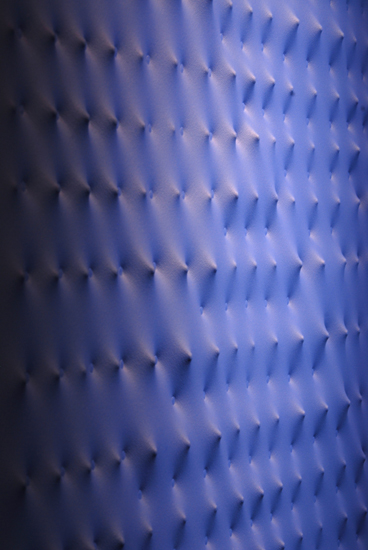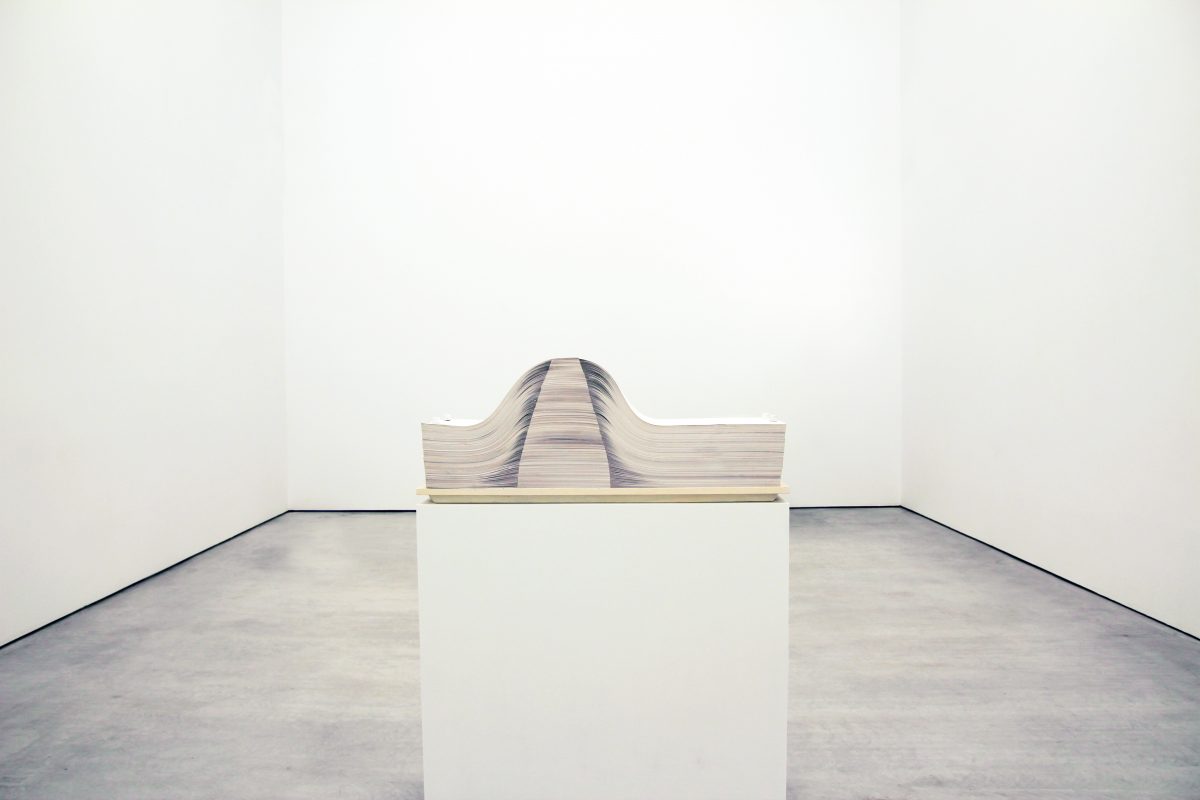Galería Cayón had the pleasure of presenting the first exhibition of Enrico Castellani (Castelmassa, Italy, 1930-0-Viterbo, Italy, 2017) at Spain, in 2013.
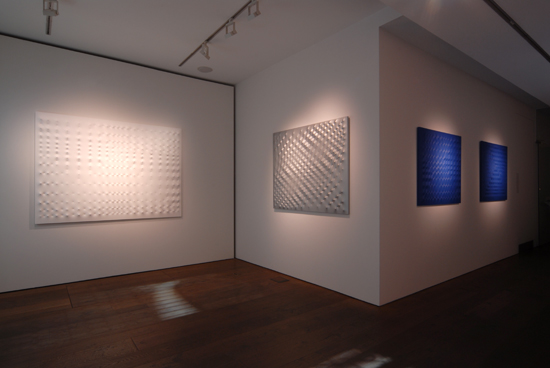
Castellani studied in Belgium: painting at the Académie des Beaux-Arts and architecture at the École Nationale Supérieure where he graduated in 1956. In 1957 he returned to his country of origin; in Milan he became close friends with Agostino Bonalumi, Lucio Fontana or Piero Manzoni and dealt with Yves Klein and the German artists of the Zero group.
In 1958, the group to which the aforementioned Bonalumi, Fontana and Manzoni, as well as Picabia, belonged, joined the Movimento Arte Nucleare.
The year 1959 is fundamental in his career: in December he opened, in partnership with his friend Manzoni, the Azimut Gallery, which was a pioneer in the exhibition of the most important international artists of the moment and home to the first solo show of the artist (1960). The founding of the Gallery was accompanied by the launch of Azimuth Magazine, which finally published two issues. In the first of them, Castellani published his text Continuita´ e Nuovo, where he clearly exposed his artistic approaches that explain his conception of Art and his work: “We are not interested in expressing subjective reactions to events, but rather, by On the contrary, we wish to establish a continuous and total speech, we exclude these means of expression (composition and color) only sufficient for limited speech […] only through the possession of an elemental entity, line, rhythm, indefinitely repeatable, monochrome surface be necessary to give their own works a realization of infinity ”. This conception of the painting as a window to an infinite space is perhaps the one that best explains the work of Enrico Castellani.
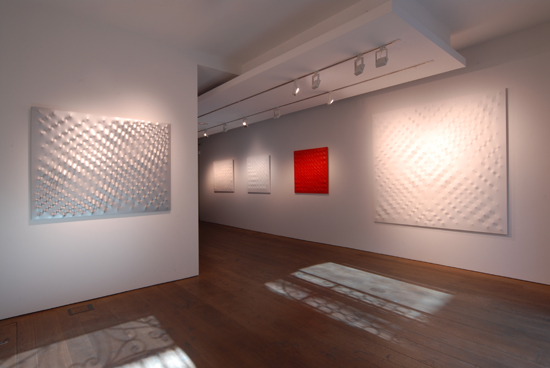
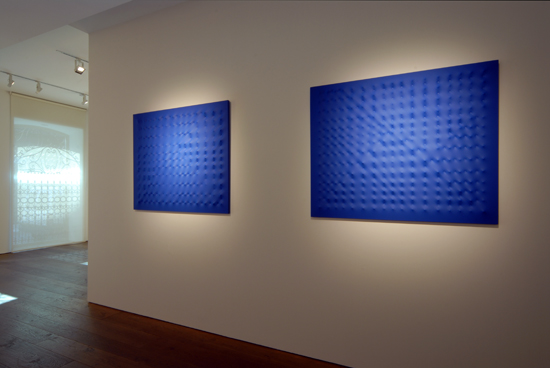
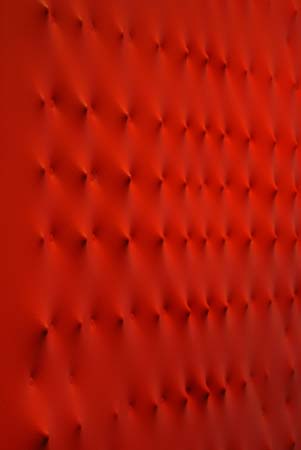
In the same year 1959, he made the painting “Surface Nera”, the first of the works created with the technique that today accompanies his production: first, a frame is created that has been previously designed by the artist. On this frame – which is not a surface that limits the painting at its four ends, but is a structure with sleepers located in different places and angles – the artist places nails at different depths. Finally, on this complex base, the fabric is presented that, unlike the one used by Lucio Fontana, does not suffer any breakage, but conforms to the different heights of the nails, creating surfaces with highs and lows that play with shadows. created. In this way, with these experiences that are always monochrome, he intends to free the traditional canvas from the simple pictorial surface.
On the occasion of the exhibition, a catalog was published with Continuita´ e Nuovo, translated for the first time into Spanish, and a study by Bruno Corá *, curator of the exhibition.
Enrico Castellani has exhibited in countless solo and group shows around the world: MoMA and Solomon R. Guggenheim Museum, New York; Georges Pompidou, Paris; Stedelijk Museum, Amsterdam; Palais des Beaux Arts, Brussels, just to name a few. Among his solo exhibitions are: Pushkin Museum, Moscow; Kettle’s Yard, Cambridge; Fondazione Prada, Milan; Galleria Civica di Arte Contemporanea, Trento and Palazzo Fabroni, Pistoia.
In 1964 he exhibited individually at the Italian Pavilion of the Venice Biennale, in 1968 at dOCUMENTA and recently, September 2012, at Ca ‘Pesaro Galleria Internazionale d’Arte Moderna, Venice, where his complex ” Doppio Angolare ”. In 2010 he received the Praemium Imperiale in Tokyo, the highest distinction awarded to an artist by the Emperor of Japan.
*Art critic and historian. He is a professor at the Accademia di Belle Arti di Perugia (1979-1999), Università di Cassino (1999-2005) and de Firenze (2005-2008). Founder of Incontri Internazionali d’Arte di Roma (1970). Founder and director of AEIUO magazine (1980-1988) and MOZART (2012). Director of the Pecci di Prato Museum (1995-2002), of the Palazzo Fabroni in Pistoia (1993-2001), of the CAMeC della Spezia (2003-2007), of the Museo d’Arte e del Polo culturale in Lugano (2008-2010). Director of the Biennials of Gubbio (1996-97), Carrara (2006), and della Spezia (2004 and 2006) and Italian Curator at the Biennale di Dakar (2002).
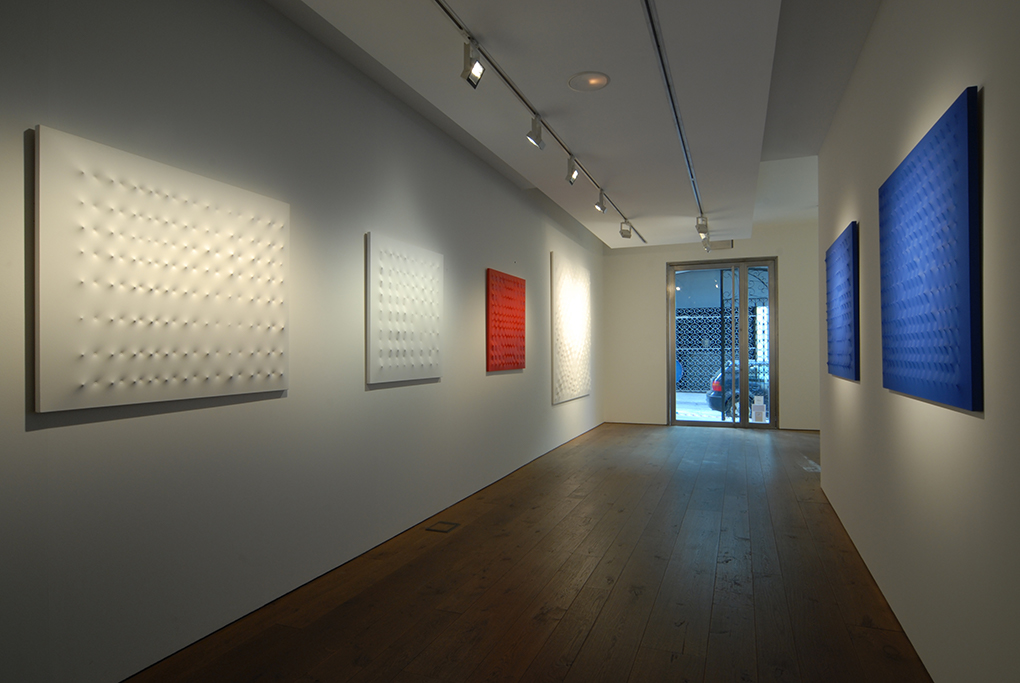
Related Content
